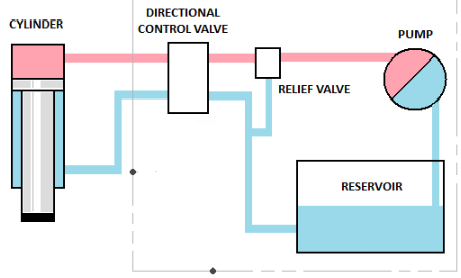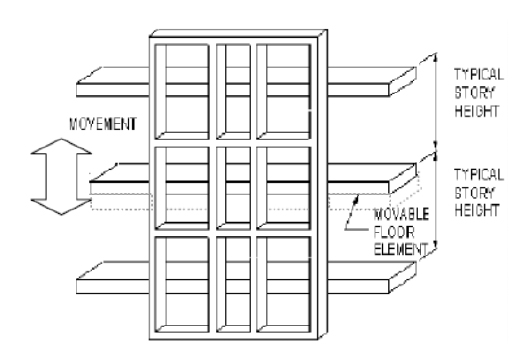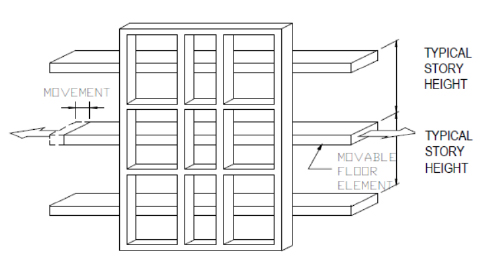What Is Seismic Testing?
Seismic testing is used to assess the safety of building façades. It is essential for understanding the seismic strength of a particular façade design and construction. The seismic testing process involves measuring how well a structure can resist structural movement caused by a variety of factors. This helps ensure that any potential failure will not result in danger or destruction to people or property.
BET
By studying the seismic testing results, architects and engineers can determine what modifications or improvements should be made to increase structural integrity and resistance.
Structural Movement Testing
Building Façade(s) Seismic/Differential Movement Check
Seismic testing plays a vital role in making sure our built environment is safe from serious harm. The purpose of this procedure is to check that the test specimen (façade build-up) can accommodate movements that may occur as a result of building movements arising from differential settlement, seismic sway or exceptional wind sway.
Seismic-Structural Movement (AAMA 501.4-00-CWCT Section 17)
The differential movement created by both sway and vertical is applied gradually to the specimen supports, and the specimen is observed for damage. The movement is created by a fixed hydraulic ram(s) and a control station. The differential movement/measurement in (mm) is set by a calibrated device before the test commences – a basic schematic of the functionality of the hydraulic ram and pump is below.

Vertical Stacking Joint Movement
One cycle, from nominal to max. to min. to nominal. The vertical movement is measured across a structural bay in a true curve.

Lateral Sway
Test at design displacement (AAMA 501.4-00) the inter-storey drift [sway].

